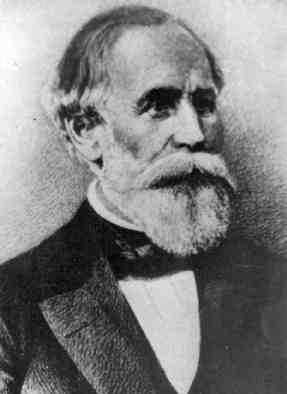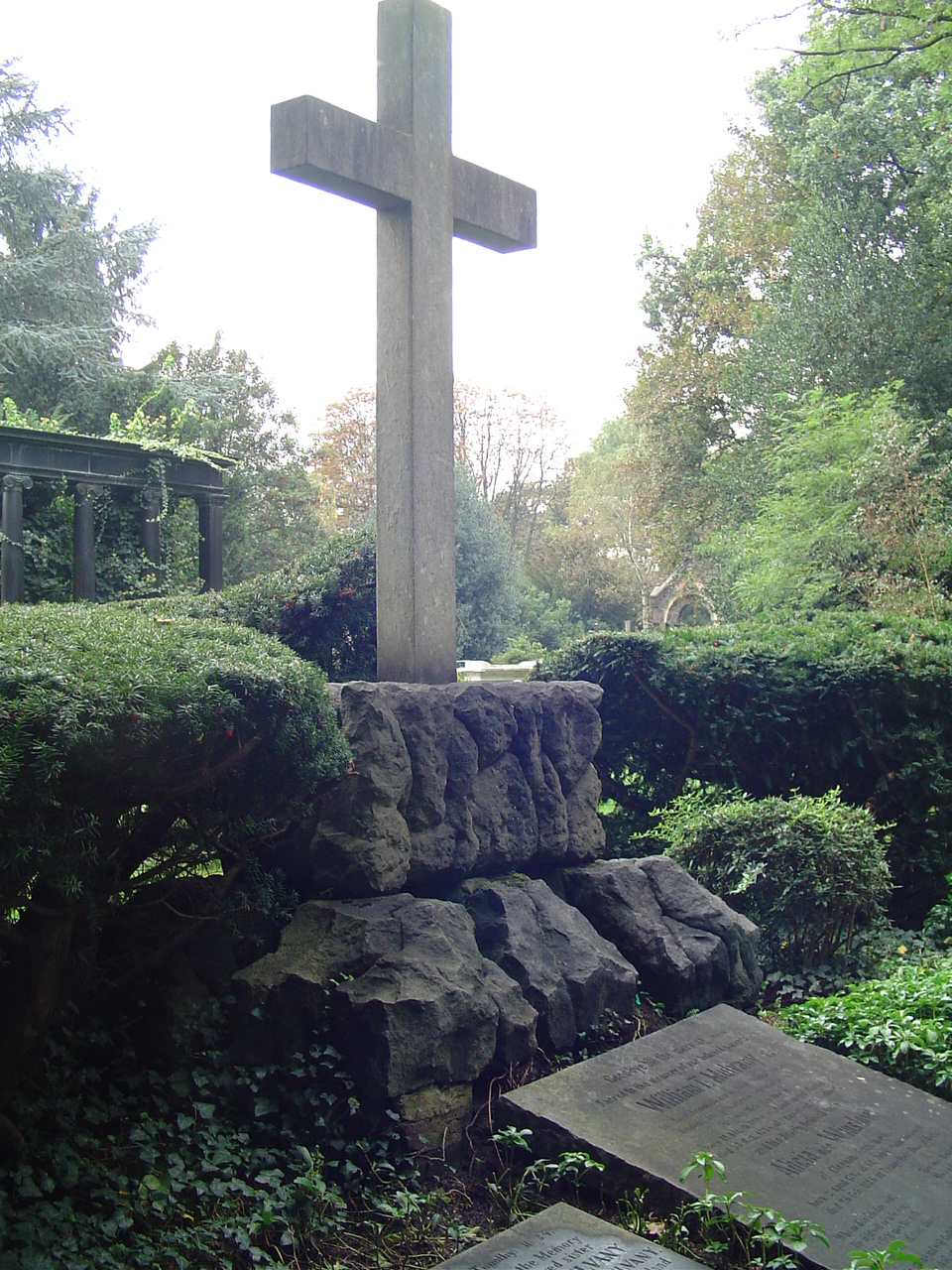William Thomas Mulvany on:
[Wikipedia]
[Google]
[Amazon]
 William Thomas Mulvany (11 March 1806 in
William Thomas Mulvany (11 March 1806 in
 Already in addition to working for the investors, Mulvany planned surveying new mines for his own account. In 1866 he founded with other entrepreneurs, the ''Prussian mining and metallurgical corporation'' (PBHAG). The PBHAG included the mines Zeche Hansa and Zollern and the newly created Erin colliery, as well as ore mines and '' Vulcan'' ironworks. Because of costly technical problems during the development of mines and because of a sluggish development of the railway connections caused the PBHAG losses and had to register as insolvent during the
Already in addition to working for the investors, Mulvany planned surveying new mines for his own account. In 1866 he founded with other entrepreneurs, the ''Prussian mining and metallurgical corporation'' (PBHAG). The PBHAG included the mines Zeche Hansa and Zollern and the newly created Erin colliery, as well as ore mines and '' Vulcan'' ironworks. Because of costly technical problems during the development of mines and because of a sluggish development of the railway connections caused the PBHAG losses and had to register as insolvent during the
 William Thomas Mulvany (11 March 1806 in
William Thomas Mulvany (11 March 1806 in Dublin
Dublin (; , or ) is the capital and largest city of Ireland. On a bay at the mouth of the River Liffey, it is in the province of Leinster, bordered on the south by the Dublin Mountains, a part of the Wicklow Mountains range. At the 2016 ...
, Ireland – 30 October 1885 in Düsseldorf
Düsseldorf ( , , ; often in English sources; Low Franconian and Ripuarian: ''Düsseldörp'' ; archaic nl, Dusseldorp ) is the capital city of North Rhine-Westphalia, the most populous state of Germany. It is the second-largest city in ...
, Germany
Germany,, officially the Federal Republic of Germany, is a country in Central Europe. It is the second most populous country in Europe after Russia, and the most populous member state of the European Union. Germany is situated betwee ...
) was an Irish entrepreneur in Germany.
Life
Mulvany was one of seven children of Catholic parents in Dublin: his father was the painter Thomas James Mulvany. He converted to the Anglican Communion as Catholics were barred from all but the very lowest grades of the civil service. He joined theOrdnance Survey
Ordnance Survey (OS) is the national mapping agency for Great Britain. The agency's name indicates its original military purpose (see ordnance and surveying), which was to map Scotland in the wake of the Jacobite rising of 1745. There was a ...
in 1826 and ten years later moved to the Office of Public Works. In 1832, he married Alicia Winslow, the daughter of a wealthy landowner from Fermanagh. He had five children with her. From 1855 until his death, Mulvany lived in Düsseldorf.
In 1875, he built the "Mulvany Villa" in Herne, but it's not known whether he ever lived there. He died in 1885 and was buried in Düsseldorf. The city of Gelsenkirchen
Gelsenkirchen (, , ; wep, Gelsenkiärken) is the 25th most populous city of Germany and the 11th most populous in the state of North Rhine-Westphalia with 262,528 (2016) inhabitants. On the Emscher River (a tributary of the Rhine), it lies ...
made him an honorary citizen in 1880. In Herne, a street near the former Shamrock coal mine was named after him. Also Castrop-Rauxel
Castrop-Rauxel (), often simply referred to as Castrop by locals, is a former coal mining city in the eastern part of the Ruhr Area in Germany.
Geography
Castrop-Rauxel is located in Germany between Dortmund to the southeast, Bochum to the sou ...
, Recklinghausen
Recklinghausen (; Westphalian: ''Riäkelhusen'') is the northernmost city in the Ruhr-Area and the capital of the Recklinghausen district. It borders the rural Münsterland and is characterized by large fields and farms in the north and indust ...
and Düsseldorf also named streets after the entrepreneur.
Career in Ireland
Mulvany qualified through practical experience as an engineer. He learned technical drawing with an architect and joined the Irish Survey Office at the age of 20 years as a surveyor. In 1836 he became an employee of the Board of Public Works in Ireland. Mulvany was successively responsible for planning of waterways and the modernization of the fishing industry, but especially for the purpose of drainage of large areas of agricultural exploitation. During the Great Irish Famine 1845 - 1849 the projects of the Board of Works were simultaneously job creation schemes for the suffering rural population and in 1853, the work was stopped due to high costs, and Mulvany quit the civil service. In 1851 published his paper which introduced the rational method in Hydrology. This is one of the most important result for the hydrological planning of drainage systems even today.Entrepreneur
Mulvany came in 1855 as a representative and member of a group of Irish investors to Germany to participate in the coal mining inRuhr
The Ruhr ( ; german: Ruhrgebiet , also ''Ruhrpott'' ), also referred to as the Ruhr area, sometimes Ruhr district, Ruhr region, or Ruhr valley, is a polycentric urban area in North Rhine-Westphalia, Germany. With a population density of 2,800/km ...
. To tap the Hibernia Mine mine in Gelsenkirchen and Shamrock mine in Herne he hired British experts and let them introduce new mining methods. Afterwards he wrote:
As a result of a short visit to the Head Mining Office and examination of the geological map, I immediately realised what wonderfully extensive riches were hidden under the earth. I had seen how inadequate in those days were your railways and how insufficiently your canals and transport facilities were used. i said to myself on the spot: these people do not understand what they possess here.Mulvany's special focus was directing transport, distribution and development of new markets for the coal mined in the Ruhr. That won him the recognition of the public, but did not optimize the yield of the mines. In 1864 he was fired by the owners of Hibernia and Shamrock. When in 1873 the mining company Hibernia was sold, the new corporation hired Mulvany as CEO.
 Already in addition to working for the investors, Mulvany planned surveying new mines for his own account. In 1866 he founded with other entrepreneurs, the ''Prussian mining and metallurgical corporation'' (PBHAG). The PBHAG included the mines Zeche Hansa and Zollern and the newly created Erin colliery, as well as ore mines and '' Vulcan'' ironworks. Because of costly technical problems during the development of mines and because of a sluggish development of the railway connections caused the PBHAG losses and had to register as insolvent during the
Already in addition to working for the investors, Mulvany planned surveying new mines for his own account. In 1866 he founded with other entrepreneurs, the ''Prussian mining and metallurgical corporation'' (PBHAG). The PBHAG included the mines Zeche Hansa and Zollern and the newly created Erin colliery, as well as ore mines and '' Vulcan'' ironworks. Because of costly technical problems during the development of mines and because of a sluggish development of the railway connections caused the PBHAG losses and had to register as insolvent during the Gründerzeit
(; "founders' period") was the economic phase in 19th-century Germany and Austria before the great stock market crash of 1873. In Central Europe, the age of industrialisation had been taking place since the 1840s. That period is not precisely ...
crisis in 1877.
References